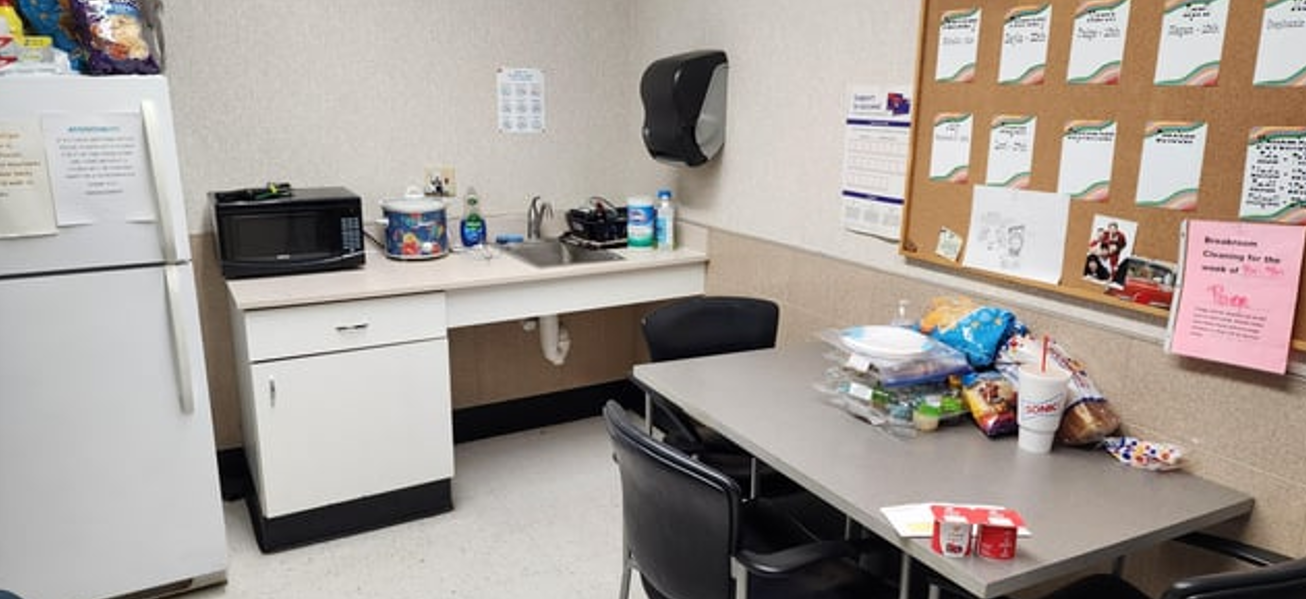Tales from Trenches: Lessons from the HR and ER Frontlines
By Mark A. Lema, MHR, SPHR, SHRM-SCP.
I’ve encountered this situation countless times. When union activity begins to surface, employers often react by suddenly trying to enforce policies more aggressively—especially the no-solicitation and no-distribution policy that has been sitting in the employee handbook but rarely enforced. Once employees start discussing union matters or sharing union-related materials, management starts questioning whether this is permissible. Believing the policy gives them authority, they may attempt to immediately enforce it. However, inconsistent or selective enforcement—especially only after union activity begins—can raise serious legal concerns and may be viewed by the NLRB as retaliatory or discriminatory.
So, can a manager remove union flyers for a breakroom?

Yes, a manager can remove a union flyer from the breakroom—but only if done carefully and in compliance with National Labor Relations Board (NLRB) regulations and the company’s no-distribution or posting policy. Here are some key points for front-line supervisors to consider:
1. Check Company Policy
Before taking action, review your company’s policy. If your workplace has a no-distribution or no-posting rule that prohibits all materials in shared spaces like breakrooms, then a union flyer can be removed—but only if the policy is applied consistently. Singling out union content while allowing other materials (like fundraiser ads or personal announcements) could violate Section 7 of the National Labor Relations Act (NLRA), which protects employees’ rights to engage in union-related activity.
2. Breakroom = Non-Work Area
Breakrooms are generally considered non-work areas, and employees have the right to distribute or post union materials there during non-working time (e.g., breaks or lunch). The NLRB tends to protect these actions unless the employer has a clearly defined, consistently enforced policy that restricts all types of posting or distribution—regardless of content.
3. Consistent Enforcement is Key
If there’s a designated bulletin board or a rule that only approved postings are allowed, you can remove unapproved materials—including union flyers—as long as all such materials are removed equally. Selective enforcement, especially targeting union flyers, can lead to unfair labor practice charges.
4. Document the Action
If you remove a flyer, document it properly. Record the date, time, location, and reason for removal. Example: “Removed unauthorized union flyer from breakroom bulletin board in accordance with company policy prohibiting unapproved postings.” This helps demonstrate that your actions were consistent with policy and not discriminatory.
5. Avoid Confrontation
Never question employees about the flyer or make any remarks suggesting anti-union views. Doing so could be seen as intimidation or interference, violating Section 8(a)(1) of the NLRA. If necessary, remind employees neutrally: “All postings in the breakroom must be approved by HR.”
6. Consult HR First
When in doubt, check with HR before acting. Policies can vary, and breakroom rules may differ depending on the company. Improperly removing union materials from a permitted area can lead to legal complications.
Additional Consideration: Is It “Distribution”?
Leaving a union flyer on a breakroom table may or may not be considered “distribution” under your company’s policy. NLRB guidance typically defines distribution as actively handing out or posting materials. Passive placement—such as leaving a flyer on a table—is often treated differently. However, if your policy prohibits any unauthorized materials in shared spaces, passive placement could still be a violation.
In Summary:
You can remove a union flyer from the breakroom if it violates a consistently enforced policy. The key is applying the same rules to all materials, staying neutral, documenting actions, and consulting HR when unsure.
A Quick Note from Me:
Please don’t take this as legal advice. Every workplace situation is different, and labor laws can be complex. If you’re dealing with a similar issue, I strongly recommend consulting a qualified labor attorney or HR expert to ensure you’re making the best, most compliant decision for your organization.

